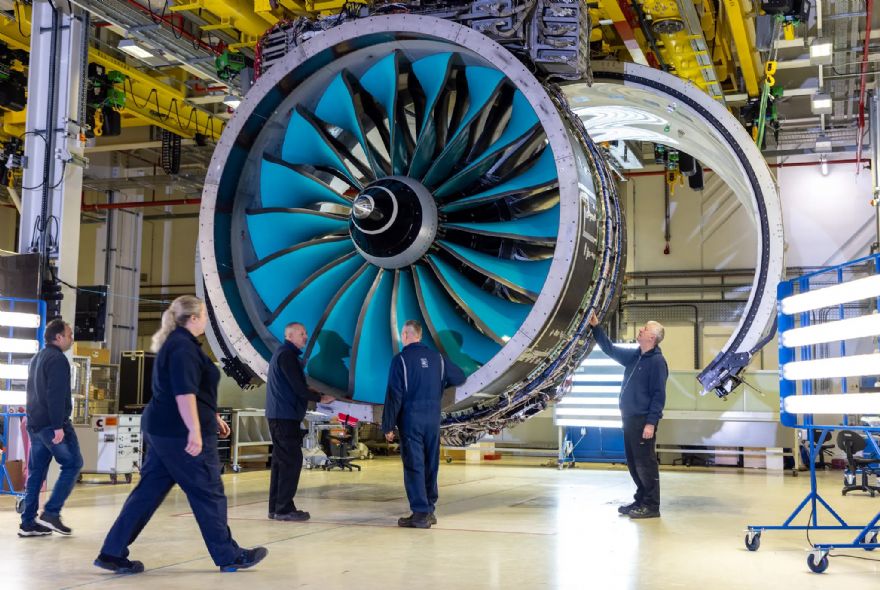
The latest figures from
ADS, the trade association for the UK’s aerospace, defence, security and space sectors (it has 1,300 members of which more than 90% are SMEs), has found that while commercial aircraft orders fell 71% in the first half of 2024 compared with the first half of 2023, and that deliveries fell by 14% in the same period, aircraft orders (other than 2023) in the first half of 2024 remain at their highest level since 2018.
ADS said: “The 14% fall in delivery rates is a reflection of supply-chain and regulatory challenges, regulatory and capacity challenges facing the sector, but still represents £7-8 billion of value provided to the UK economy. Meanwhile, the 15,668 global aircraft order backlog is worth up to £247 billion for the UK economy and is 8.3% higher than the same point in 2023, reflecting general sector confidence.
“ADS’s
Aerospace Sector Outlook highlights the £10.9 billion of economic contribution of UK aerospace in 2023, a figure that has increased 16% since 2013. Productivity within the aerospace sector has risen 25% since 2013, with the sector’s 104,000 jobs providing an average of £104,800 annual output per worker. Moreover, 88% of those jobs are located outside of London and the South East — and at £48,700, the median average salary of aerospace sector jobs is 39% higher than UK average.”
Aimie Stone, ADS’s chief economist, added: “Despite notable challenges, the UK aerospace sector is thriving only a few short years since a pandemic that grounded almost all areas of the civil aerospace sector. 2023 was a record-breaking year for aircraft orders and deliveries, and the first half of 2024 has only fallen slightly behind 2023 delivery rates. The data for the sector in the last decade shows long-term resilience within the industry, as well as increasing productivity levels.
“Intelligent support from Government to tackle issues in the supply chain, cash flow and capacity constraints has the potential to turbo-charge more long-term growth in this sector, providing significant benefits to the economy for the future.”